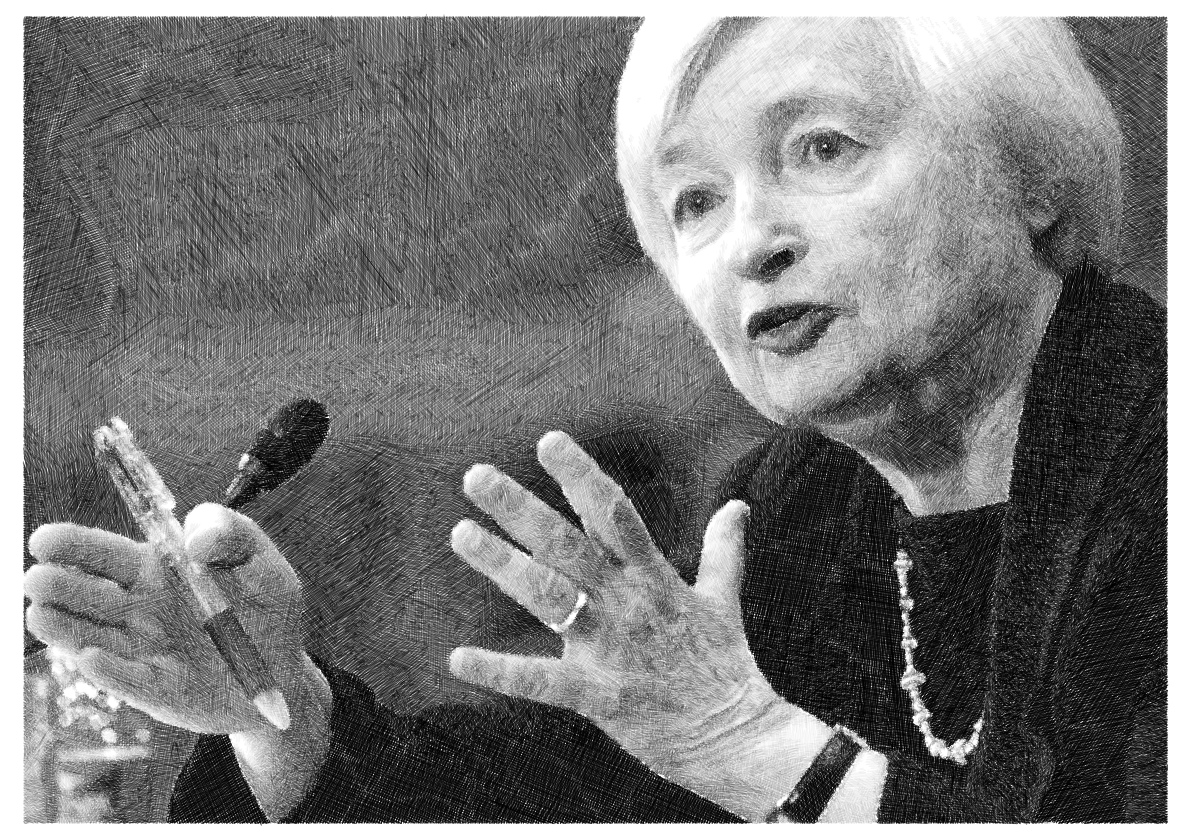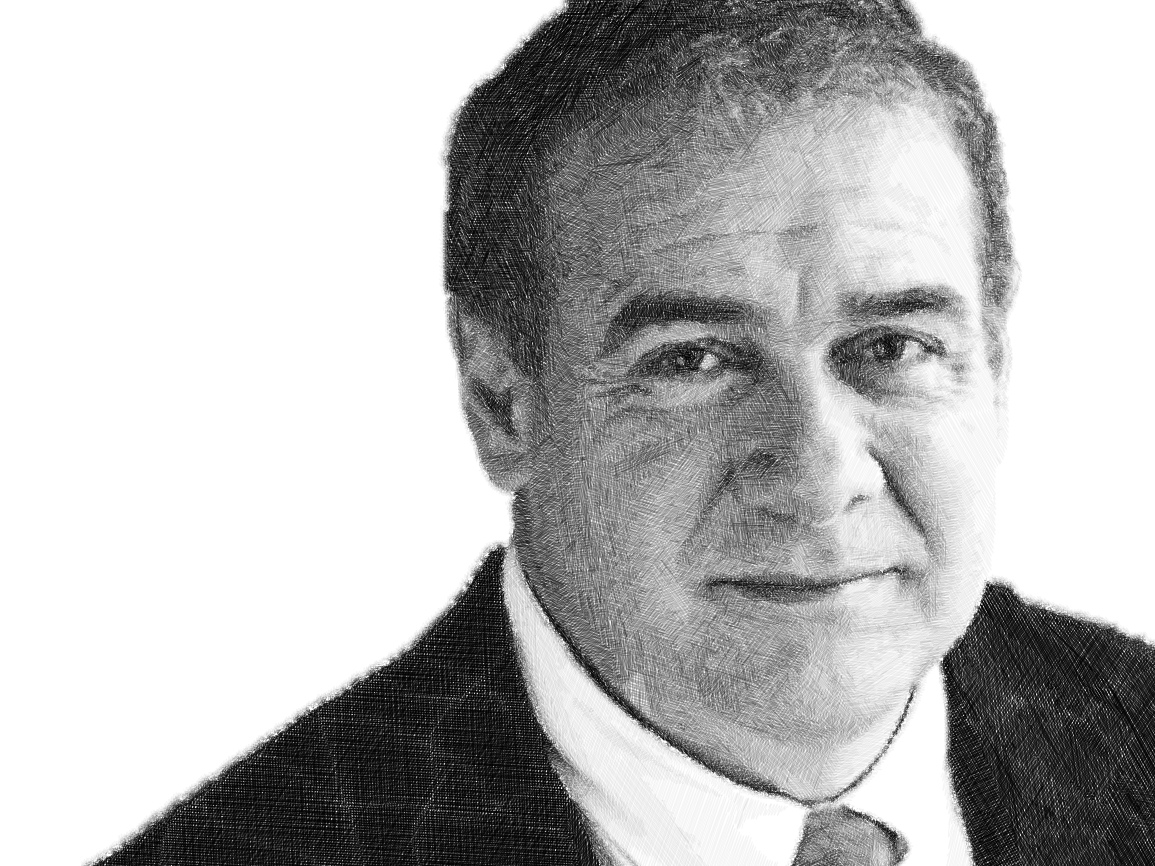by Collin Martin, Charles Schwab & Co., Inc.
June 18, 2014
Key Points
- The Fed announced an additional $10 billion per month in tapering, split evenly between Treasuries and MBS, while keeping the target rate in the 0% to 0.25% range.
- The majority of members see the first rate hike occurring in 2015, although the number declined slightly from the previous release of the summary of economic projections.
- The Committee members’ expectations for the “long-run” Fed funds rate declined to 3.75% from 4%.
There were few surprises at the June FOMC meeting. As expected, the Fed kept its short-term target rate near zero and continued to reduce the pace of its bond buying program. The Fed’s assessment of the economy was mostly positive, and there was no mention of adverse weather conditions from earlier in the year. According to the Fed, “economic activity rebounded in recent months” and “labor market indicators generally showed further improvement.” Despite the recent trend higher in inflation, the Committee’s assessment of price pressures was unchanged, stating that inflation is still below their “longer-run objective, but longer-term inflation expectations have remained stable.” As was the case at the April meeting, the decision was unanimous.
Bond purchases likely to stop by the end of the year
The Fed announced an additional $10 billion per month reduction in bond purchases, split evenly between Treasuries and agency mortgage-backed securities (MBS). With this cut, the Fed will now purchase $20 billion per month in Treasuries, while their monthly MBS purchases will total $15 billion. These cuts in the bond-buying program, called Quantitative Easing (QE), were widely expected based on Bloomberg consensus numbers.
Based on the FOMC meeting schedule for the remainder of the year, we believe that the Fed will ultimately stop buying bonds altogether sometime in the fourth quarter. Of course, this plan is data dependent, and the Fed reiterated that asset purchases are not on a preset course, and that it can increase or reduce the pace of tapering if conditions change. However, with employment improving and inflation trending higher, we think a major negative turn in economic data would be needed to slow the pace of tapering.
Near-zero Fed funds rate remains—but for how long?
The Fed maintained its target rate in the 0% to 0.25% range. With the Fed abandoning its quantitative guidance—the 6.5% unemployment rate threshold, for example—earlier in the year, we can look at the summary of economic projections for the committee members’ expectations for the first rate hike. Although 12 of the 16 members expect the first rate hike to occur in 2015, that’s down from 13 members at the March meeting.
FOMC Members Vote on Appropriate Timing of First Rate Hike
Note: The height of each bar denotes the number of FOMC participants who judge that, under appropriate monetary policy, the first increase in the target federal funds rate from its current range of 0 to 1/4 percent will occur in the specified calendar year. In December 2013, the numbers of FOMC participants who judged that the first increase in the target federal funds rate would occur in 2014, 2015, and 2016 were 1, 12, and 3, respectively.
Source: Federal Reserve Board, June 18, 2014
This is consistent with our view that the Fed is unlikely to raise short-term interest rates until 2015 at the earliest and it has left the door open to keeping the zero interest rate policy intact for some time. With bond purchases likely to continue until near the end of this year, we think that the Fed would likely prefer some lag time between the conclusion of their bond buying and actual rate hikes, as they have explicitly stated in the statement.
Watch the "Dot Plot"
In addition to the members’ forecast of when the first hike might take place, the summary of economic projections also includes each member’s target Fed funds rate at the end of each year, as well as their long-run expectation. Expectations for rate hikes over the next 2 years have increased slightly, with the median estimate of the year-end 2015 Fed funds rate at 1.125%, up from 1.0%, and the year-end 2016 estimate at 2.5%, up from 2.25%.
Target Fed Funds Rate at Year End
Note: Each shaded circle indicates the value (rounded to the nearest 1/4 percentage point) of an individual participant’s judgment of the appropriate level of the target federal funds rate at the end of the specified calendar year or over the longer run. The median estimate for 2015 is 1.125%. Since member expectations move in 0.25% increments, we have highlighted the dots that represent 2.0% and 2.5%, respectively.
Source: Federal Reserve Board, June 18, 2014.
Despite that shift, expectations for the long-run Fed funds rate (2017 and beyond) continues to decline. With this release, the expected median long-run Fed funds rate declined to 3.75% from 4% previously. One member even expects the long-run Fed funds rate at 3.25%. These lower expectations could imply a shift in perception about how fast the economy may grow in the long-run.
A lower long-run Fed funds rate can have implications for long-term Treasury yields, since long-term bond yields are a function of short term yields plus a term premium. With expectations for the Fed funds rate to rise by a smaller amount than initially expected, we think that “normal” long-term yields may also be lower than many investors may be anticipating.
Now What?
The Fed’s slower pace of bond buying means that its influence on Treasury yields will continue to decline, while the pace of economic growth and inflation prospects are likely to play a larger role in setting policy. After the statement, Treasury bond yield changes were mixed depending on maturity, but the magnitude of the change was negligible. With the Fed using more qualitative guidance, we think it will be important to pay attention to each release of the economic projections to get an idea of when the Fed might start hiking rates and how high they may go. We still think a hike sometime in 2015 is most likely. All in all, our view is that the Fed is still committed to a “measured” approach to changing policy.
Disclaimer
The information provided here is for general informational purposes only and should not be considered an individualized recommendation or personalized investment advice. The investment strategies mentioned here may not be suitable for everyone. Each investor needs to review an investment strategy for his or her own particular situation before making any investment decision.
All expressions of opinion are subject to change without notice in reaction to shifting market conditions. Data contained herein from third party providers is obtained from what are considered reliable sources. However, its accuracy, completeness or reliability cannot be guaranteed.
Examples provided are for illustrative purposes only and not intended to be reflective of results you can expect to achieve.
Copyright © Schwab.com















